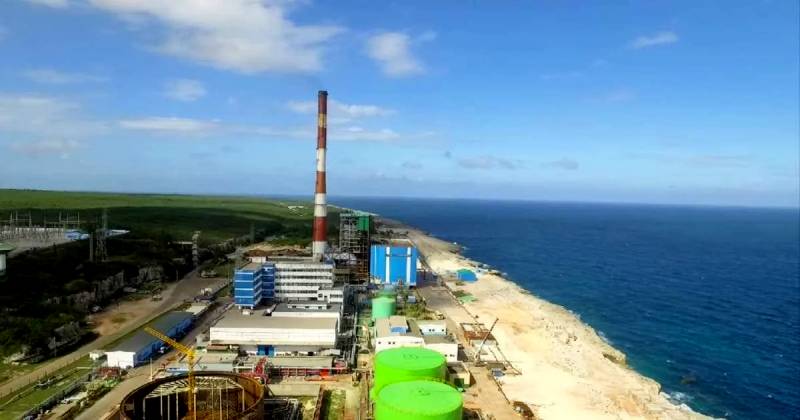
The exposure to a penalty of 18 Billion USD against the Iran-Pakistan gas pipeline is almost knocking on our doors now. However; oblivious to the developing calamity, frivolities rule supreme all around us. E.g; a provincial government keeps on laying siege to Islamabad. The province went through 236 terrorist attacks in the current year; but, the swag in the conduct and behavior of those leading the sieges does not reflect this alarming reality.
What else can we expect in a country where we have observed a gradual erosion of more than 30%, i.e. from 2.3% to 1.5% of the GDP, in budgetary allocations for education over the past 5 to 6 years? The acute hopelessness of the youth and associated angst in combination with this deprivation from education makes them easy fodder for one exploiter or the other. Events of 9th May, 23 and 24 to 26th November, 24 are living examples of the same. They represent a pattern. The elites generally relish creating bogus alibis to dupe the public and secure their support. The public, being naïve and uneducated, loves to hang on to sentimental ego boosters and placebos thrown towards them and follow those originating them as messiahs. In my view, the reality of the much-trumpeted slogan of “absolutely not” was also not more than that. It appears to have been created only to adopt anti-imperialist trappings by a politician in 2021 in a desperate attempt to secure his then-fast eroding popularity. It may further help to explain this phenomenon by juxtaposing the mentioned sloganeering with the example of Cuban leadership which popularly carries an anti-imperialist identity since 1959. What makes Cuba particularly close to my heart is the role it played in helping the victims of the earthquake of October 2005 in Pakistan. Their team comprising over 2,400 medical staff operated 32 field hospitals and two relief camps for more than six months and also supplied tons of medical supplies and equipment.
Located only 90 km away from the US; Cuba has operated under a regime of severe US sanctions since the past more than six decades. The US even tried to change the pertaining regime by managing an armed attack on Cuba in April 1961, which was defeated.
Cuba’s special development zone in the Gulf of Mexico has geological features identical to the oil fields of the USA and Mexico in the Gulf; which produce around 3.6 Million BPD of oil
Before 1959, US businesses controlled Cuba's oil refineries. The US also had a long history of overt military interventions in Cuba. On 1st January 1959, the revolutionary forces led by Castro ousted the Cuban tyrant named Batista. The new Cuban government soon after announced sweeping land reforms and around 200,000 peasants received land titles. This included the expropriation of 40% of arable land from foreign owners and corporations and its distribution among the landless. Soviet oil started arriving in April 1960 against sugar supplies. The US-controlled refineries refused to process that oil, which compelled the Cuban government to nationalise them. The second phase of land reforms expropriating all private holdings larger than 167 acres was introduced in 1963.
Energy Security & Cuba
Cuba was able to ramp up its oil production to 20,000 BPD by 1990 from ~1000BPD in 1959 and further to ~58,000 BPD over the subsequent 14 years. This was not a minor feat when the recovery factor is generally 5-7% due to high viscosity. The achievement of a production level of ~130MMSCFD by 2004 of natural gas was additional. Also, in mid 90s they adopted horizontal drilling; which reduced costs and increased production.
Cuba’s special development zone in the Gulf of Mexico has geological features identical to the oil fields of the USA and Mexico in the Gulf; which produce around 3.6 Million BPD of oil. Therefore, four exploratory wells were drilled from 2004 to 2012 in the Gulf of Cuba. Though they have yet to make a discovery there; however, it seems to be only a matter of time. Also, we all know that offshore exploration and development necessitates substantially larger funds viz-a-viz those for onshore operations.
This section would remain incomplete without appreciating the extraordinary hard work and engagement skills of the Cuban leadership because, in spite of the US sanctions, they continue to attract investors in the E&P sector. The list includes Alturas, British Borneo, Geopetrol, Petronas, Repsol, PDVSA, PetroChina and Sonangol, Premier, Sherritt, etc. The Australian group Petro Australis is the operator of three onshore blocks in Cuba including the Pina fields discovered, by CUPET(Cuba’s national oil company), in 1990. It is planned to ramp up its production to 30,000 BPD. Another Australian company Melbana Energy made a sizeable discovery at Alameda-1 in 2021 in the highly prospective block 9; where Alameda is just one lead out of 19. Production from the asset is planned to commence in early 2025.
During the last more than 40 years the average annual allocations in Cuba for health and education each remained around 12% of the GDP, while in Pakistan the allocation for health is merely 1% and for education
Reserve recovery at Boca de Jaruco was increased in 2024 by drilling horizontal wells with the cooperation of a Russian company. The field was discovered in 1968 with huge reserves. The production is now planned to be gradually ramped up to ~100,000 BPD. Similarly, CUPET and the Chinese company Great Wall completed the longest horizontal oil well in Cuba, measuring 8,047 meters, a few months ago in a field discovered in 1971 with a reserves potential of more than 1 Billion bbl. It is currently producing ~5300 BPD with a potential to increase to ~7100 BPD.
I wonder at the progress Cuba could have achieved if they were allowed to develop as a normal country i.e. without the sanctions. In my view their oil production alone would have been equal to that of Norway at least with far reaching politico-economic implications for the entire South America.
What is to be done
Many of us may disagree with the approach of the Cuban leadership. However, their example makes it evident that the political identity of anti-imperialism is generally associated with a commitment to a particular set of economic reforms with the fundamental being the eradication of feudalism, establishment of a welfare state, and energy security. Feudalism; continues to exist in Pakistan in its most exploitative form, with 60% of the rural households completely landless. No mainstream politician even talks about it. As to our credentials about being a welfare state; during the last more than 40 years the average annual allocations in Cuba for health and education each remained around 12% of the GDP, while in Pakistan the allocation for health is merely 1% and for education, as mentioned above also, only 1.5%. Cuba’s efforts for energy security, already described above, amply reflect that they are geared towards the optimal realisation of the Indigenous potential; whereas, in our case, the ever-increasing energy import bill has assumed the proportions of a real existential threat to the nation.
Thus the public, before investing their sentiments in future, may learn to evaluate any claims of people friendly politics by our political outfits on the above yardstick.

